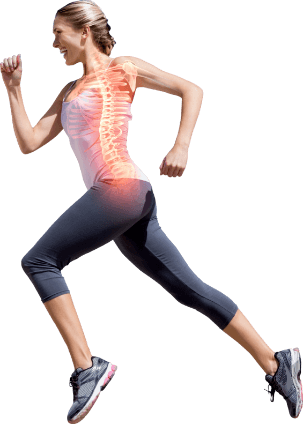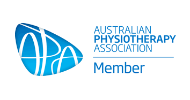Does it hurt?
The needle used is very thin (up to 10 times thinner than one used for an injection) and most people do not feel the needle pass the skin. Generally only an ache will be felt while the needle is in place.
Are there any side effects to Dry Needling?
Side effects may vary among individuals. Typically, only mild muscle soreness or skin bruising.
What is a “trigger point”?
A myofascial “trigger point” is a hyperirritable point in skeletal muscle that is associated with a hypersensitive palpable nodule, or “knot”. This area becomes painful at the site and can also “radiate” in predictable patterns.
info@head2toe.com.au
03 9326 0168













